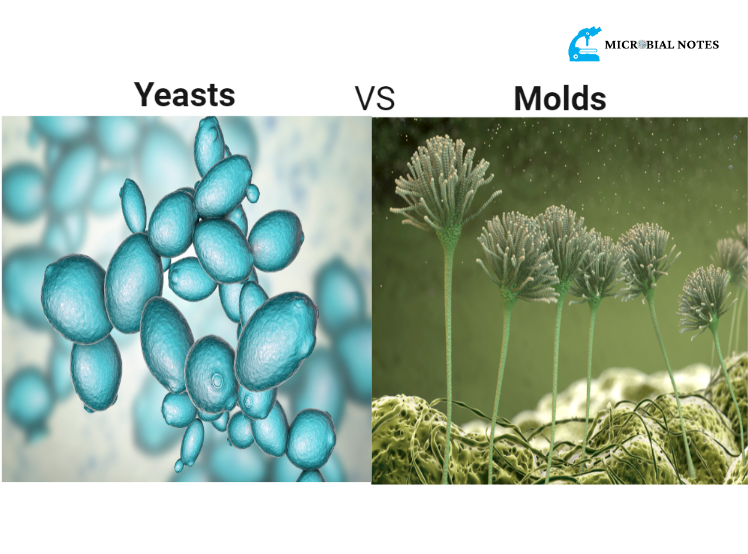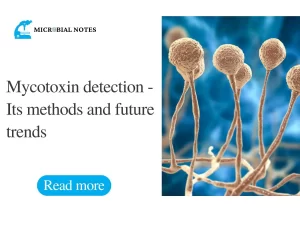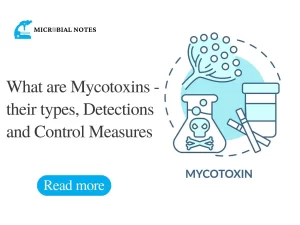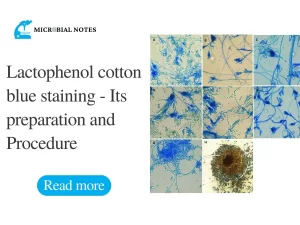
| Sr | Characteristics | Yeasts | Molds |
| 1 | Definition | Single-celled fungi | Multicellular fungi with complex filamentous structures |
| 2 | Cell type | Unicellular | multicellular |
| 3 | Species | There are more than 1500 species of yeasts | There are more than 100,000 different types of molds. Some are undiscovered yet |
| 4 | Habitat | Sugary and acidic environments such as fruits, flowers, and nectar; soil; water; on the skin of animals and humans; in the gut of animals; as part of the microbiome of plants | Damp and nutrient-rich environments such as soil, decaying organic matter, and food; indoor environments such as buildings and homes; in association with other organisms such as lichens |
| 5 | Size | Small, measuring between 3 to 4 micrometers in diameter | Can be larger and visible to the naked eye, some species growing up to several meters in length |
| 6 | Shape | Round, oval, or elongated, depending on the species | Various shapes, including circular, irregular, or fan-like |
| 7 | Appearance | Translucent, smooth, and have a shiny appearance | Fuzzy, cottony, or woolly appearance due to the growth of the mycelium and spores on the surface. Long, branching filaments |
| 8 | Color | Typically white or cream-colored, but some species can be pigmented, such as the red color of Monascus spp. | Can have a wide range of colors, including green, black, white, yellow, or orange, depending on the species and the type of spores produced. |
| 9 | Hyphae | Hyphae do not present | Molds contain hyphae |
| 10 | Reproduction | Asexual reproduction only through budding and binary fission | Asexual and sexual reproduction through spore formation |
| 11 | Asexual spores | Budding, fragmentation, spore formation (blastospores) | Fragmentation, spore formation (sporangiospores, conidia, chlamydospores) |
| 12 | Sexual spores | No sexual spores | Ascospores, Zygospores, and Basidiospores |
| 13 | Pathogenicity | Yeast can cause opportunistic diseases | Molds can cause respiratory disorders and allergic conditions |
| 14 | Ecological Roles | Used in fermentation, baking, and brewing | Decomposers of organic matter, plant pathogens, and sources of antibiotics |
Yeasts VS Molds: Growth requirements
| Growth and Metabolism | Yeasts | Molds | |
| 15 | Optimal Temperature | 20-35°C | It has wide range of temperature 5-10°C to up to 50°C |
| 16 | Optimal pH | Optimal ph should be maintained within 4.0 to 4.5 | It has a broader range than yeast |
| 17 | aerobic/anaerobic | Yeast can grow in both conditions | Molds can only grow in aerobic conditions |
| 18 | Moisture Content | Normal yeast requires more than 0.85 water activity | Most of the molds thrive in humid and wet condition and it requires minimum 0.5 water activity to survive |
| 19 | Cultivation time | Yeast usually grows within 24 to 36 hours | Usually growth is slow. Mold take more time than yeast |
| 20 | Metabolic Pathways | Fermentation, oxidative phosphorylation | Wide range of metabolic pathways, including decomposition of complex organic compounds |
| 21 | Nutritional Requirements | Heterotrophs, require organic compounds, some can use inorganic compounds | Require specific nutrients (vitamins, amino acids) and carbon sources for growth |
| 22 | Energy production | ferment carbohydrates into alcohol and carbon dioxide | Secrete hydrolytic enzyme that can degrade polymers such as starch, cellulose etc, and absorb it as nutrient |
| 23 | Applications | Used in food production (bread, beer, wine), biotechnology, medicine | Decomposition, nutrient cycling, production of secondary metabolites (antibiotics, mycotoxins) |
| 24 | Examples | Saccharomyces cerevisiae, Cryptococcus neoformans, etc. | Alternaria, Aspergillus, Fusarium, Mucor, Penicillium, Rhizopus, Trichophyton, etc. |
Frequently Asked Questions
Q: What are yeasts and molds?
A: Yeasts and molds are both types of fungi. Yeasts are unicellular fungi, while molds are multicellular fungi with filamentous structures.
Q: What is the difference between yeasts and molds?
A: The main difference between yeasts and molds is their cellular structure. Yeasts are unicellular, while molds are multicellular with a filamentous structure. Yeasts are typically round or oval in shape, while molds have long, branching filaments called hyphae.
Q: What are the characteristics of yeasts?
A: Yeasts are unicellular organisms that reproduce asexually by budding or fission. They are typically smaller than molds and can be either aerobic or anaerobic. Yeasts can ferment sugars to produce alcohol and are used in the production of bread, beer, and wine.
Q: What are the characteristics of molds?
A: Molds are multicellular organisms with a filamentous structure. They reproduce asexually by producing spores, which can be dispersed through the air. Molds are typically larger than yeasts and can grow on a variety of substrates, including food, soil, and plants. Some molds are toxic and can cause health problems in humans and animals.
References
https://microbenotes.com/differences-between-yeasts-and-molds/
https://microbiologyinfo.com/difference-between-mold-and-yeast/







